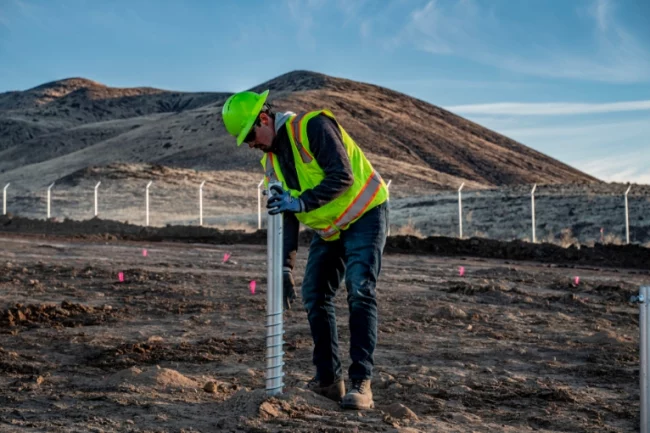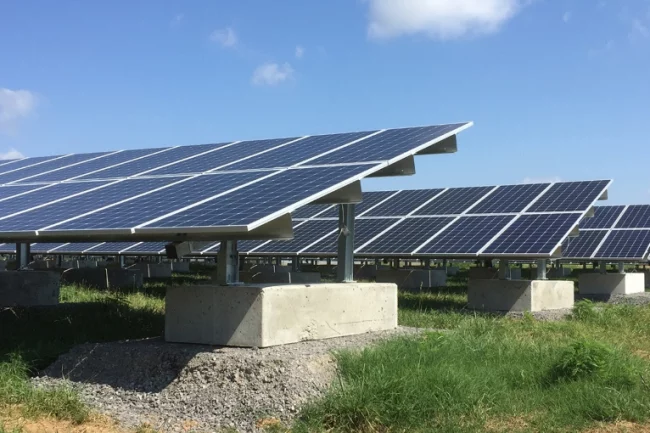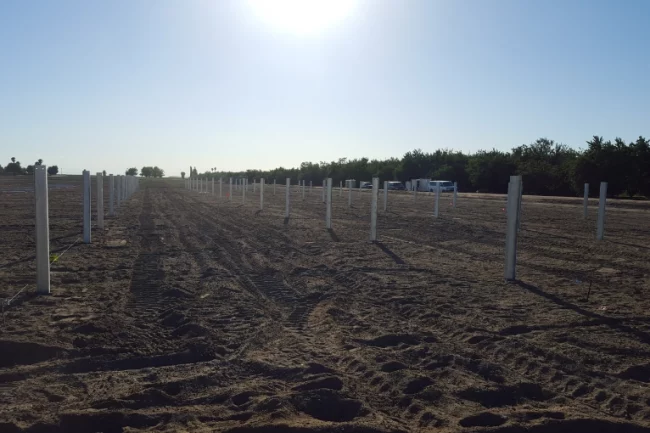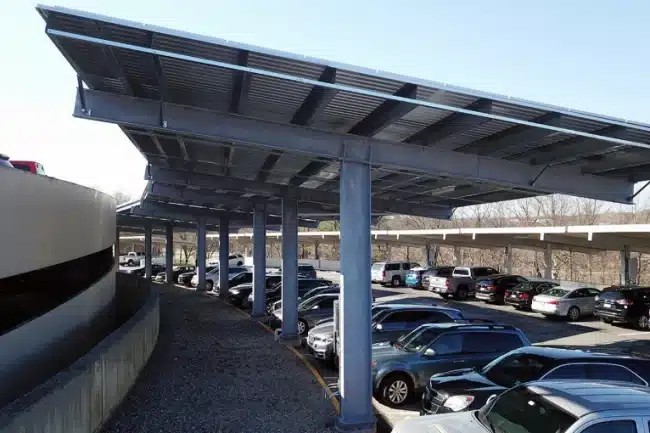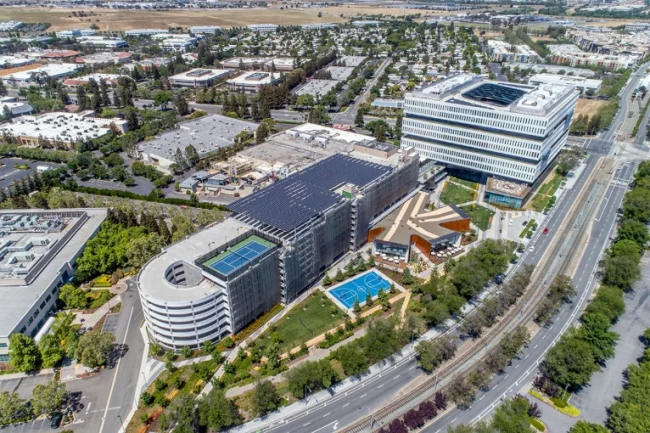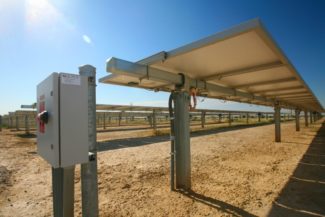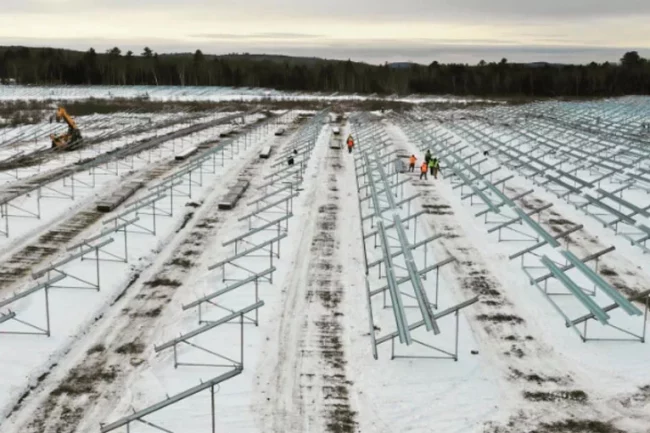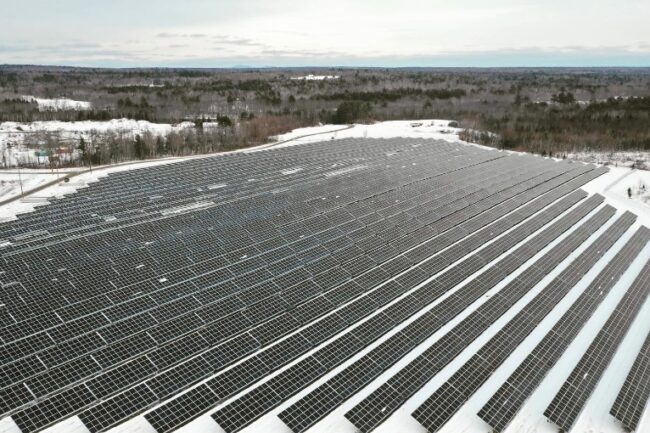Source: Power Magazine
The energy transition is an increasingly important trend, not just for power generation but also for communities across the U.S. As regions that have been dependent on hydrocarbons begin to shift production to renewable resources, they not only lower global carbon emissions, but also reap new economic opportunities from income-producing renewable energy.
The Energy Community Tax Credit Bonus under the Inflation Reduction Act (IRA) can revitalize economies in areas that have relied on coal, either through employment at coal-fired power plants, or with jobs in the coal mines. U.S. coal mining employment fell more than 77% since 1985 to roughly 40,000 workers in 2020; nearly 15% of that workforce is now at or nearing retirement age.
The IRA and other measures could create as many as nine million direct jobs across America’s energy communities. In order to be eligible for a 10% adder tax credit under the IRA, projects must meet one of the following three criteria to qualify as an energy community:
- Located atop a brownfield site.
- In a region with 0.17% or greater employment in the fossil fuels sector, or more than 25% tax revenues related to fossil fuel extraction, processing, transport, or storage, and an overall unemployment rate at or above the national average.
- On a former coal mine, retired coal-fired power plant, or mine-scarred land.
A prime example: The BE Pines project (Figure 1) is a 48.6-MW community solar facility in eastern Pennsylvania that is located in a designated energy community. It’s bringing jobs and a big economic boost to Greene Township, a small town nestled in the mountainous Great Appalachian Valley northwest of Pittsburgh, Pennsylvania. Natural gas, nuclear, and coal-fired generation facilities can be found along the nearby Ohio River.

BE Pines is a 48-MW solar power project in Pennsylvania. The solar farm is providing energy in a region that has long been dependent on fossil fuels to power its economy. Courtesy: Terrasmart.
Situation: Partners Join Forces to Tackle a Complex Project
When BE Pines’ owner Four Twelve Renewables Inc. sought a developer, it focused on identifying collaborators with deep solar experience and a reputation for problem-solving. Their choice: GPPT, LLC— a partnership between Prospect14 and Pro-Tech Renewables.
Four Twelve Renewables Inc., was formed to develop solar projects to provide charitable funding to local communities. Revenue generated by the BE Pines project will go to Dollar Energy Fund, a local non-profit that provides utility assistance to households in financial need. Since 1983, Dollar Energy Fund has assisted more than 800,000 families with one-time grants totaling nearly $250 million for basic utility services. The grants are directed to electric, natural gas, water, and wastewater utilities.

Ground screw foundations and adjustable racking systems at the BE Pines site help to overcome terrain challenges. Courtesy: Terrasmart.
Pro-Tech Energy Solutions was selected as the EPC for its responsible sustainability, integrity, and commitment to collaboration. Pro-Tech chose Terrasmart for its legacy of leadership, an integrated PV portfolio, expertise in tough terrains, and a decade-long track record of successful partnerships.
Terrasmart designed and manufactured the site’s fixed-tilt system using its ground-screw solution and its fixed-tilt GLIDE racks (Figure 2). The racking partner installed the foundation and secured the legs while contending with the site’s rugged topography and sub-surface risks.
The project highlights include:
- Size – 48.6 MWac
- Modules – 89,648 (SEG Solar: 540/545W)
- Screws – 16,300
- Racking Tables – 4,075
- Slope – South 30°, North, East/West 30°
- Operational date – September 2023
- Challenges — Hilly, rocky site, and drenching wet winter conditions
The partnership faced a number of operational obstacles as it worked toward completion, including:
Arduous site preparation: BE Pines was not an easy site on which to build. Substantial civil work addressed its challenging terrain. The 28-person civil team worked around hills and rocks, cleared large swaths of vegetation, and designed a stormwater mitigation plan.
Winter construction: The survey, foundation, and rack installation were done during challenging fall and winter weather. Heavy rain and mud throughout construction bogged down movement of equipment, materials, and personnel. Terrasmart’s operators used exacting software and equipment to drill the screws and set the racking system’s legs.
Refusal risks: Unforeseen below-ground issues can pose a critical hazard. Any schedule delays in a project of this size endangers the entire contract.
Constrained site logistics: Like other municipalities new to solar, Greene Township was wary about the development plans, including stormwater management, setbacks, site safety and security, and decommissioning. Nonetheless, the town’s leaders ultimately welcomed the project and its economic benefits.

The challenging terrain at the BE Pines site in Pennsylvania meant builders had to use innovative construction techniques to install the farm’s components and keep the project on schedule. Courtesy: Terrasmart.
The solution to overcome these challenges? Collaboration and adapted systems to help eliminate risks and rescue construction schedules (Figure 3). Those solutions include:
Risk-free racks: Using ground-screws to eliminate pile refusals allowed Terrasmart to stay on schedule despite the site’s rough terrain. With subterranean risks common throughout the Northeast, ground screws mitigate 100% of refusal risks. Proprietary rock-drilling machines and seasoned operators secured nearly 17,000 screws in record time.
Integrated racking and installation: Working with manufacturers that also install their own products makes for a seamless project experience. Dubbed “Seattle of the Midwest,” the BE Pines region is known for its heavy rain—particularly this year. Driving screws in frozen ground is easy compared to installing them in thick mud. Terrasmart’s onsite crew had to use all of their hard-won tricks to keep each phase of the project on schedule.
Top-notch logistics: Keeping roads clear for materials and the local community required extensive coordination. Because the project site didn’t have a large enough laydown area, the work was split into three blocks to allow for material transport. One phase for 15 MWs of capacity required using an entirely different access road. Close communication and collaboration among all partners made the tight delivery schedule possible.
Partnering to Expand the ‘Coal to Clean’ Transition
To benefit the local community, the BE Pines solar farm will produce 62 MWh annually, offsetting 43,000 tons of carbon dioxide each year. Such benefits are the equivalent of 49,217,653 pounds of avoided coal emissions or supplying electricity to 9,000 homes.
Four Twelve Renewables is developing additional utility-scale solar projects throughout Pennsylvania and other PJM interconnection territory states. The organization will use 100% of the free cash flow from its solar portfolio to fund basic needs initiatives through partnerships with social service organizations.
With more than 150 people working on the project in a 300-person town, communities like Greene Township that were once dependent on coal are getting the support needed to transition to a renewable energy economy.

Chris Oestreich
Chris Oestreich is VP of Engineering for Terrasmart. Oestreich has two decades of solar engineering experience, and is leading the racking company’s engineering team to new heights of innovation and product development.

